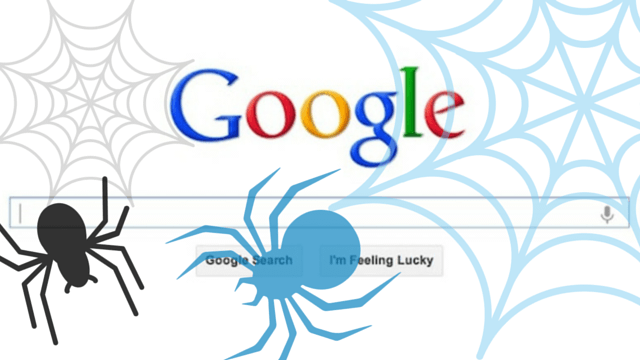On-page Optimization 101
Summary: Once you have built your foundational presence, it's time to focus on fully optimizing your website and profiles to give them the best chance at ranking well in search engines.
What is on-page optimization?
"On-page optimization" refers to ways you can make your website more search engine friendly by tweaking the content and code. Some of the terms that we use in this guide may seem a little bit technical (because they are) but don't worry - we'll explain!
Why is on-page optimization important?
On-page optimization involves improving the content on the actual page of a website or profile to ensure it is as search engine friendly as possible. On-page changes are something that you have direct control over so it's important to do this right.
There are a number of on-page factors that influence your site's potential for ranking well in search engines. We divide them into the 2 categories below:
CONTENT
Content is king, so when you publish content on your website(s) and profiles, remember that this is one of the most important factors for your search rankings.
A few specific points to keep in mind:
- Write useful content for your visitors. Your goal is to write uniquely valuable, in-depth and fresh content. Create the most useful webpage about your specific topic as you possibly can.
- Put your keyword in the right places. Show search engines what your site is about by including keywords in important places on your webpages and in your site’s code.
- Add outbound links to authoritative sites. Linking to other relevant webpages about your topic (where appropriate) signals to search engines that your site is a trustworthy source of information. It also provides your visitors with more thorough information.
ORGANIZATION
If users can't easily read your content, or search engines can't find your content, then your website will not rank high in search engines.
- Make your site easy for visitors to use. Your site should load quickly, be easy to read and simple to navigate. If your site doesn't fit this criteria, then visitors will get frustrated and leave. Search engines will penalize your ranking for this.
- Ensure your code & site structure are search engine friendly. Your site's code should make sense. Sitebuilders like WordPress take care of the code & let you focus on creating great content. You need to have search engine friendly code so that search engines can easily crawl, index, and rank your site.
This means your site should include:
- Proper linking to all of your pages
- Robots code (see the next section for more details) that allows for proper indexing
- Correctly label and alt tag your images. An alt tag is the text description of an image on a webpage. This is what shows up when an image won't display, and it's what people who are blind or visually impaired hear when accessing webpages. Search engines like Google value alt tags that describe the image in a way that puts it in context with the rest of the page. Learn more about how alt tagging can help your brand and how to do it in WordPress in our guide, "Set up Your Personal Website"
What's the deal with spiders, robots, crawling and indexing?
Think of every webpage or file online as a different stop on a city subway map. Since the purpose of search engines is to direct users to the most relevant content when they type in a particular search term, the search engines need a system to find and catalog all of the information that's out there. The way that search engines do this, is by "crawling" the web.

Search engines send out automated "robots" or "crawlers" to find all "stops" (webpages and files) on the city map. These crawlers find the stops by traveling through the links. Once the robots reach these destinations, they read the code on the page or file and store some of the information. Websites contain "Robots code" or "robots.txt files" that act as instructions for the crawlers sent out to gather information for search engines. Don't accidentally include a robots.txt file on your site that blocks search engines from gathering information from your site. The information that crawlers gather includes the description that appears when a user sees a listing of search results. Because tons of new content and sites appear online everyday, robots are constantly crawling and indexing the web.
Avoid over-optimization and Black Hat tactics
In addition to using the on-page optimization factors listed above, it's important that you avoid certain practices that can ultimately penalize your site's rankings and damage your online presence.
Because Google's algorithm updates consistently refine the process of ranking search results, "over-optimized" websites run the risk of being penalized.
Over-optimization and Black Hat tactics refer to practices that rely on tricks and loopholes that are inconsistent with the integrity of search engine guidelines when it comes to improving a site's rankings. For example, don't rely solely on duplicate copy to populate your webpages and don't accidentally deploy "keyword stuffing" (mentioning your keyword as often as possible on your site's pages when it does not make sense).
However, most of these tactics no longer work (and instead will get your site penalized). This is not a legitimate or long-term approach to building a positive online brand.
Remember: Create content for people, not search engines.
After creating a strong online foundation for your personal brand, it's imperative to take steps to increase your site's chances of ranking well by ensuring that the on-page factors are optimized. To learn more about how to release engaging content, make sure you visit our guide, "Content Optimization".
Content Optimization →